Habitat
A habitat is the natural environment in which an organism, plant, or animal lives. It provides the specific conditions necessary for the organism to survive and thrive. Habitats can vary widely, from the depths of the ocean to the tops of mountains, and can be as small as a puddle or as large as a forest.
Components of a Habitat
A habitat consists of both living and non-living components. The living components include other organisms that share the habitat, such as plants, animals, fungi, and bacteria. The non-living components include physical factors like temperature, water, sunlight, soil, and air.
Types of Habitats
There are many different types of habitats, each with its own unique characteristics and inhabitants. Some examples include:
- Forest: A habitat with a dense growth of trees and understory plants, home to a variety of animals such as birds, insects, and mammals.
- Desert: A dry habitat with sparse vegetation, adapted to extreme temperature fluctuations and low water availability.
- Ocean: An aquatic habitat covering the majority of the Earth's surface, home to diverse marine life including fish, coral, and marine mammals.
- Grassland: An open habitat dominated by grasses and herbaceous plants, inhabited by grazing animals such as bison, gazelles, and insects.
- Mountain: A habitat found at high elevations, characterized by cold temperatures and unique flora and fauna adapted to the harsh conditions.
Adaptations to Habitats
Organisms have adaptations that allow them to survive in their specific habitat. These adaptations can be structural, behavioral, or physiological. For example, animals in the Arctic have thick fur and layers of fat to insulate them from the cold, while desert plants often have shallow root systems to quickly absorb water from infrequent rainfall.
Importance of Habitats
Habitats are crucial for the survival of organisms and the overall health of ecosystems. They provide food, shelter, and breeding grounds for a wide variety of species. Protecting habitats is essential for maintaining biodiversity and preventing the extinction of species.
Study Guide
- Define habitat and explain its importance in the survival of organisms.
- List and describe at least three different types of habitats and the adaptations of organisms found in each.
- Explain the role of living and non-living components in a habitat.
- Discuss the impact of human activities on habitats and the importance of habitat conservation.
- Choose a specific animal or plant and research its adaptations to its habitat. Present your findings to the class.
[Habitat] Related Worksheets and Study Guides:
.◂Science Worksheets and Study Guides Fourth Grade. Food webs/food chains

 Activity Lesson
Activity Lesson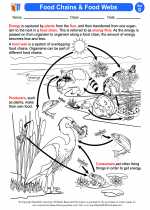
 Worksheet/Answer key
Worksheet/Answer key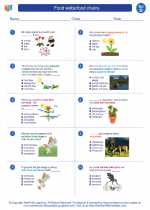
 Worksheet/Answer key
Worksheet/Answer key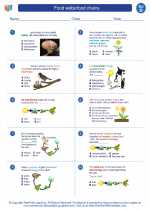
 Worksheet/Answer key
Worksheet/Answer key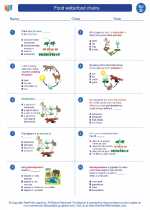
 Worksheet/Answer key
Worksheet/Answer key
 Vocabulary/Answer key
Vocabulary/Answer key
 Vocabulary/Answer key
Vocabulary/Answer key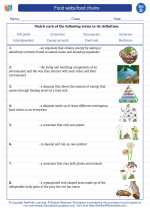
 Vocabulary/Answer key
Vocabulary/Answer key
